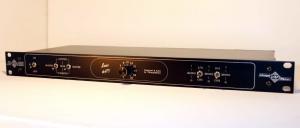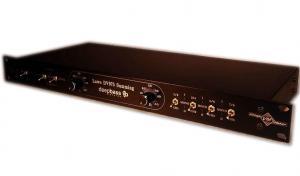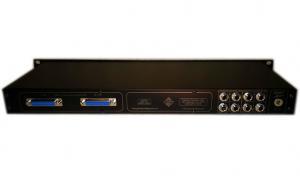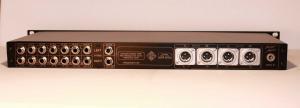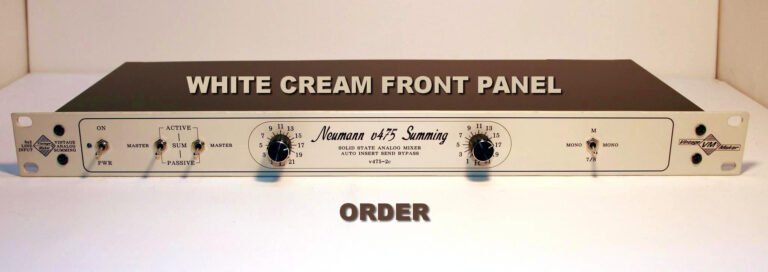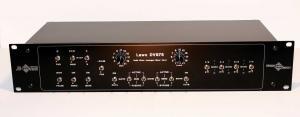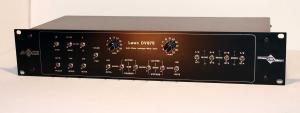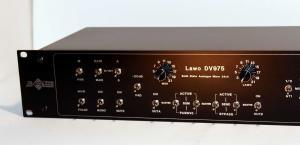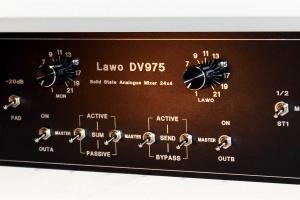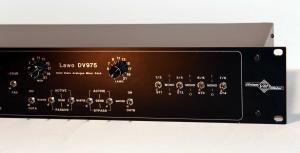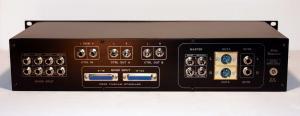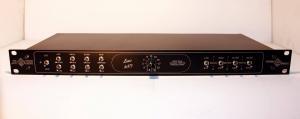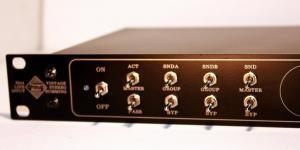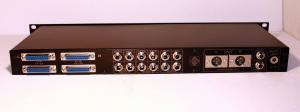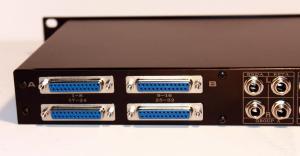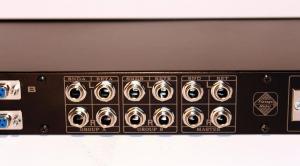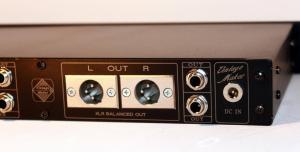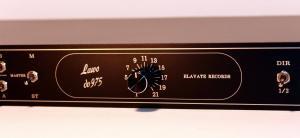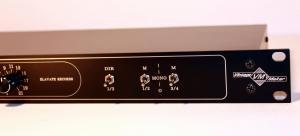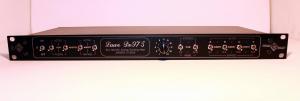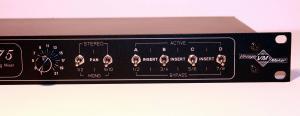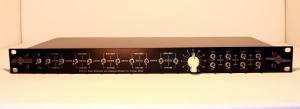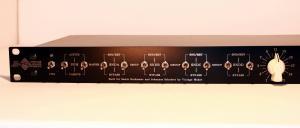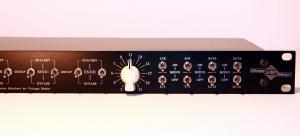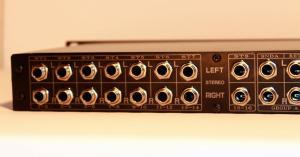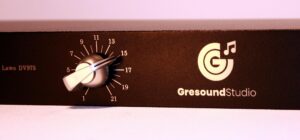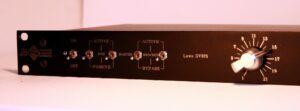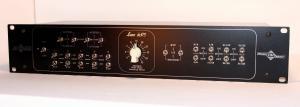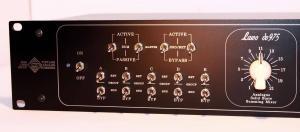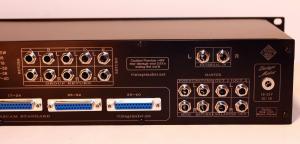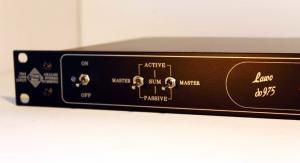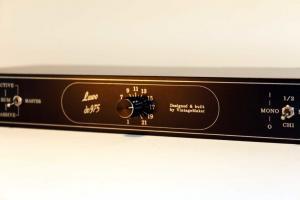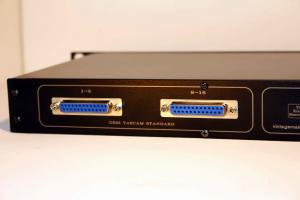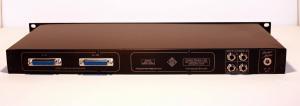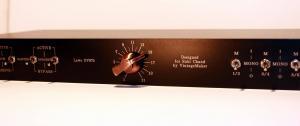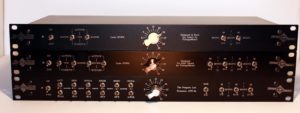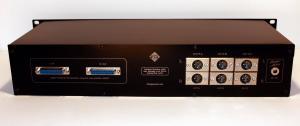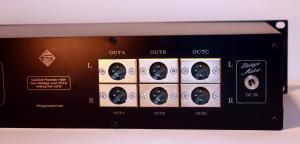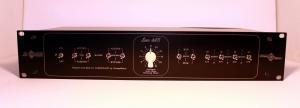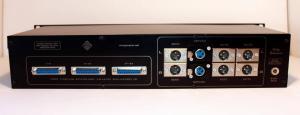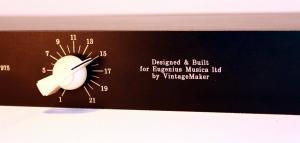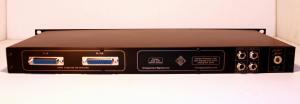Lawo Analog Studio Transformer Summing Mixer
If you’re searching for a summing mixer with a modern analog sound, characterized by pleasant analog-like distortion and beautiful harmonics, the Lawo transformer is the best choice
An excellent choice for finishing your final mixdown, the VintageMaker summing mixer delivers nice harmonics, punchy, and clean SSL-inspired overall blending. VintageMaker offers a wide range of summing mixers to meet all your DAW’s front-end needs.
“Excellent equal frequency distribution all over the spectrum, Bass frequencies are well balanced from bottom mid all over to sub” Dejan Radievic producer
16×2 Lawo DV975 (all style) summing
- Studio mixer round knob
- Studio Summing Mixer vintage style knob
- Lawo summing mixer
- 16 channel d-sub in trs out balanced mixer
- 16 channel TRS in trs out balanced mixer
- xlr out summing mixer box
949 € + shipping ORDER Would you like a better price for the product? Make an offer!
Availability: Limited-Quantities
Modern Analog Vibe – Nice harmonics ssl style sound – All style purposes
SOUND
SPECS
SOUND
Excellent frequency distribution over the spectrum, low frequencies are well balanced (from bottom mid all over to sub) with legendary Pikatron audio transformers
SPECS
Basic Version D-Sub In/ TRS Out
- Basic Version D-Sub In/ TRS Out
- Amp type: LawoDV975
- 16 input DB25/DSUB (basic) or TRS 1/4″ BALANCED (order)
- 2 x Stereo OUT TRS Balanced (MainRec/Monitor)
- 2 x Stereo to 4 Mono Switch on ST1/ST2 = 4 MONO
- Master Active/Passive 2in1 option by switch
- Master Insert Send/Return by TRS AUTO SWITCH
- *you can order with front switches for 40 Euro extra see INSERT DOCS
- 21 Step Precision Lawo MASTER GAIN POT
- PSU: 110-240VAC to 18-24 VDC 0,6-1,5A (world wide) EU plug
- *out of EU you need EU to US/UK/AU plug travel power adaptor
- Unique Name or Logo engrave design (order)
- Power Led: White, Red, Green, Yellow or Blue?
For TRS Input add 50 € extra For XLR Out add 50 € extra
- Full balanced dual stereo discrete signal path from input to output!
- DOCUMENTATION
- WHITE CREAM FRONT

Update – January 2023
Lawo transformer cards are extreme rare nowadays. Due to difficult acquisition Lawo cards can be temporary out of stock. Please contact for actual availability.
- Lawo daw summing mixer mc 36
- Lawo daw hybrid summing mixer mc 56
- Lawo DV 975 summing mixer mc 66
- 21 step precision audio potentiometer and attenuator
- 4 x stereo to 8 mono
- studio monitor controller
- Lawo daw analog summing mixer
- Lawo studio mixer
- group summing mixer
- mix bus
- dsub in trs xlr out
- dsub db25 tascam standard
- insert send return trs
- group summing mixer
Customer Reviews
Paul’s Summing Box – the real thing!
My box is summing 32 inputs (16×2), has 2 Stereo-Outs and uses Lawo-Transformers and what can I say: it does exactly what I was looking for. Every little thing, every detail in the mix – instruments, voices, reverb, etc – seems to be placed right where I want it to be. Actually I thought, all the time there has been a curtain between my ears and my Genelec monitors which has finally raised.
I am very happy with this setup and I want to thank Paul for all his support and the really fine work he has done for me and my studio. Thanks! read more on gearslutz
- Elevate records
- 1U lawo studio mixer
- A B out control master mono
- direct input monitoring switch
- dsub in trs out balanced
- lawo summing
- lawo activ passiv
- channel insert
- dsub channel insert
- channel insert send return
- dsub trs in trs out
Lawo 16×4 with 4 x 4 input group sum bus
- lawo mixer
- 4 x group sum
- stereo to mono switch studio mixer
- 1/4″ TRS balanced studio mixer
- trs output
- bus insert by trs balanced
Lawo 16×4 with AUTO INSERT + SWITCH INSERT
- auto insert and switch insert
2U 42 Input special 5 group bus unique summing mixer
- 2U summing box
- prism sound titan analog mixer
- 5 x group sum bus insert send return
- stereo to mono
- dsub in trs out
- dsub tascam standard
- trs group send return
- direct input trs balanced
16 input Lawo dsub trs
- Studio mixer round knob
- Lawo summing
- Lawo summing
- Stereo to mono input conversion switch
- Custom mixer
- Lawo summing mixer
- DB25 DSUB Input balanced summing
- TRS insert TRS main monitor out
32 input Lawo TRS in TRS out
- 1U 32 Input Lawo summing mixer
- active passive with phase inves
- direct input with stereo to mono
- 32 input TRS balanced
Customer review -Lawo 32 channel summing mixer
Resolution and stereo image: first thing I’ve noticed was that mix is “glued together”. I have a feeling of working with a tape, like the nasty transients are smoother, thus allowing for a warmer mix. It has a certain “velvety” feel to it. I also have the feeling that haufe transformers generate additional harmonics, that make the impression of excellent equal frequency distribution all over the spectrum. Mix is not dull or over exited, just plain great analog sounding.
Stereo image is unbelievable. A huge step up from MiB (mix in a box). Bass frequencies are well balanced (from bottom mid all over to sub) Dejan Radievic read more on gearslutz/gearspace
- white cream vintage knob
- unique name engraving
- dsub trs balanced
- active passive 2in1 summing mixer
- bronze vintage style knob
- dsub trs xlr
- Neumann Lawo Summing rear
- Neumann Lawo Summing
Custom designed 4- 96 input channel mixers
21 step precision Lawo and monitor attenuator
Main and Monitor control
dual insert send return
active passive 2in1 mixer
multi insert monitor control attenuator
Lawo Studio Mixer
4 x stereo to mono with direct input
Lawo summing box
dual insert send return
16 input trs balanced
studio mixer insert
dual stereo trs insert
- 2U lawo studio mixer
- 3 x audio out control
- total bypass direct input
- dsub xlr
- xlr balanced output
- Lawo DV975
- dsub in XLR insert and out
- analogmixer
- summing mixer uk
- studiomixer

